 Loading image. Please wait
Loading image. Please wait
















This systems originates with the puncta (there is one in both the upper and the lower eyelid) and is a conduit for tears to travel from the eyelid through the nasolacrimal sac into the nose.
Tension, from trauma such as a blow from the fist, can result in an eyelid laceration which involves the canalicular system.
Repair requires re-approximation of the eyelid as well as re-approximation of the conduit; this is best achieved with a stent such as with silastic and fine sutures such as 6,7, or 8-0 vicryls..
The photos below show a patient who was hit in their right eye with a fist and who sustained a canalicular laceration:
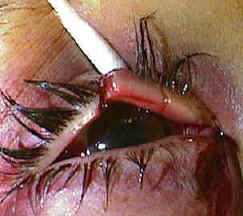 |
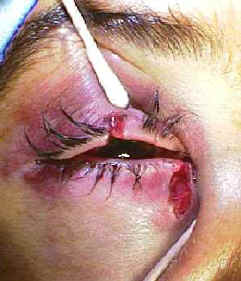 |
There are several different means to repair such an injury. Placement of a stent (silastic tubing) helps maintain proper alignment of the conduit and prevent stricture after the repair.
These three photos show a canalicular laceration and its repair with a Monoka monocanalicular stent.
 |
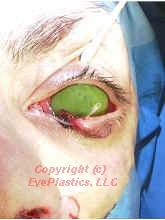 |
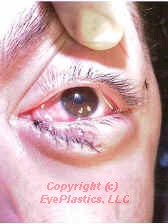 |
|
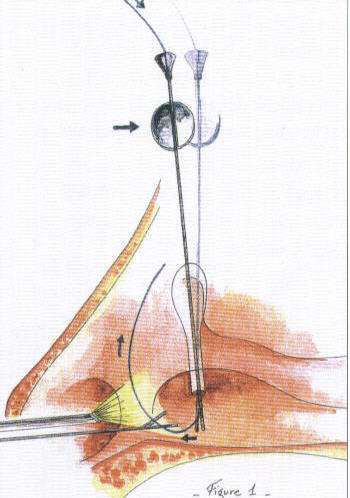 |
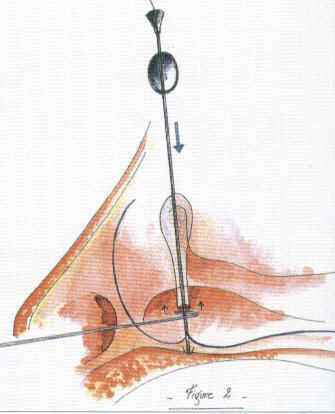 |
|
|
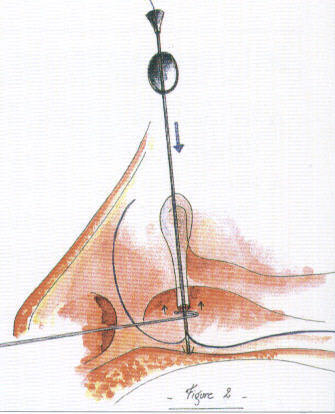 |
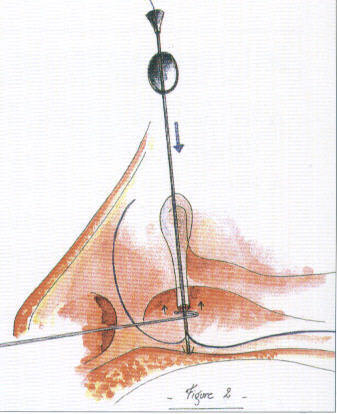 |
|
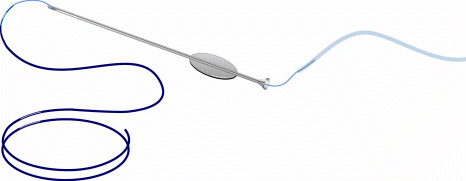
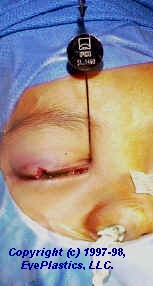
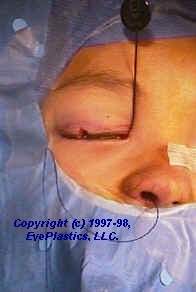
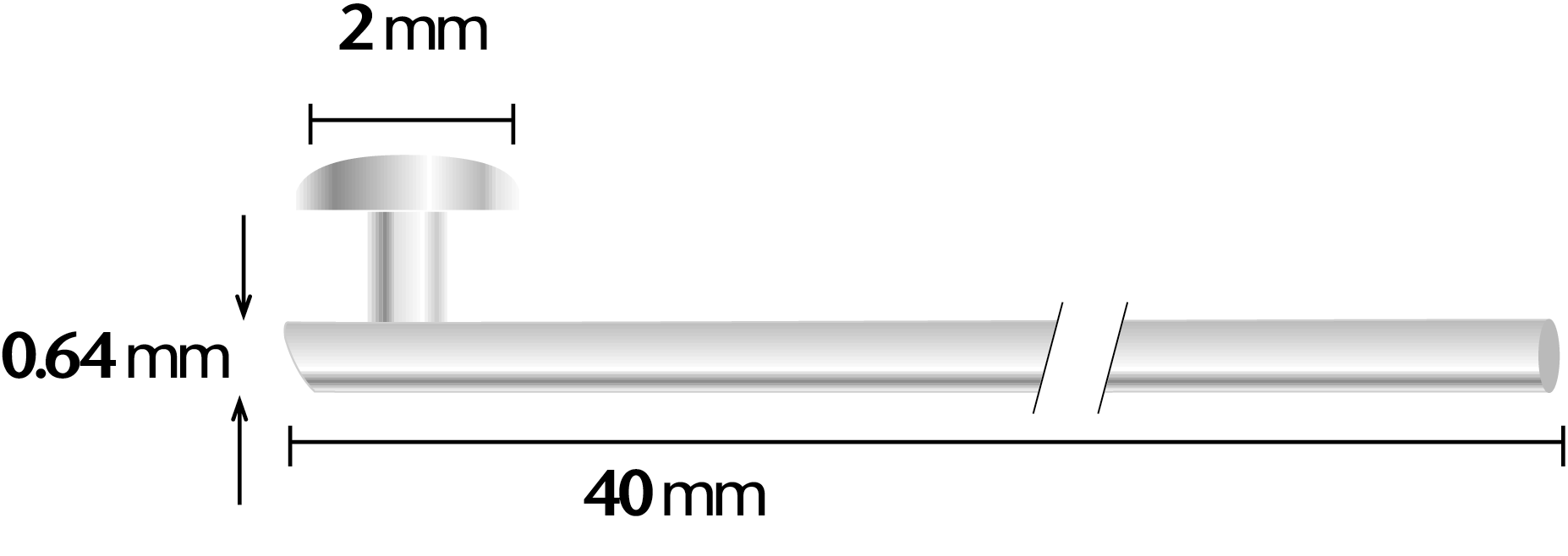
Watch the a movie using the Ritleng Silicone Intubation system